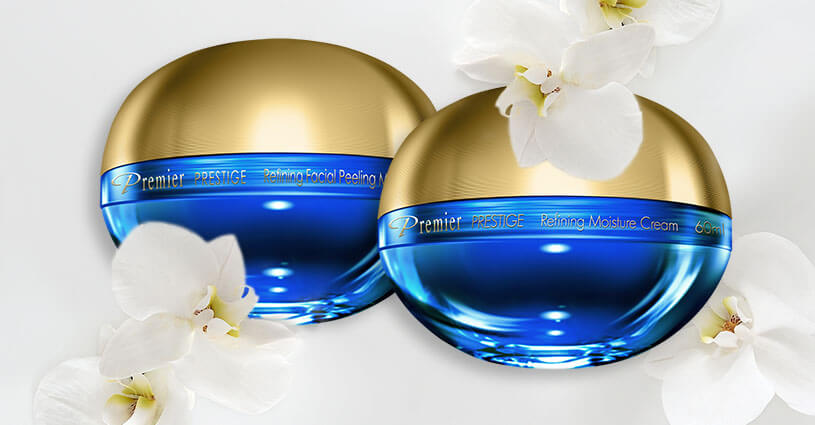30%off sitewide - over $99 | Discount Applies In Cart
What is Curative Tourism?
Curative tourism is when patients travel abroad to receive medical care. This process of travelling outside one’s country of residence to receive treatment has gained a lot of popularity over the years. And this momentum has gained the attention of researchers, media, and policy-makers.
Originally, people from third world countries used to travel to developed nations to receive medical treatments that weren’t available in their own country. Today, however, there are quantitative and qualitative shifts in this trend as people from developed nations have started to travel to third-world and developing countries in pursuit of cheaper medical care.
The low-cost treatments, increased marketing, and inexpensive travel costs around such medical services have made this possible. The only reason the word "tourism" was added to this concept was that people would often stay over after the procedure. Patients take advantage of their visits by taking day trips, sightseeing and taking part in other tourism-related activities.
The quality of service offered in the medical tourism industry is a crucial part of attracting customers. One of the major barriers to accepting curative tourism is the uncertainty about the adequacy of the quality offered.
Curative Tourism in Israel
In Israel, the Dead Sea is seen as a major health centre for treatment and research because of its abundant health benefits. The high mineral content of Dead Sea water, and the low pollen and allergen content in the atmosphere is a major reason this has been a major tourist attraction for several years. The low ultraviolet component that is caused because of solar radiation and high atmospheric pressure have major health effects. A person who suffers from impaired respiratory function, for example, can greatly benefit from the heightened atmospheric pressure.
People who suffer from skin disorders such as psoriasis benefit from exposure to the sun on the shores of the Dead Sea. Due to its position below sea level, many of the harmful UV rays from the sun are reduced.
There are various types of therapies for which the region is popular. The Dead Sea's climate and low elevation have made it famous for the following therapies:
Climatotherapy: This treatment exploits the local climate’s features. Special atmospheric constituents, such as humidity, barometric pressure, temperature, sunshine, etc. make it a singular choice.
Heliotherapy: This treatment exploits the effects of the sun's radiation on the patient's body and skin.
Thalassotherapy: This treatment exploits the benefits of mineral-rich water and mud, bathing in the Dead Sea water has various therapeutic benefits for physical ailments and skin disorders.
